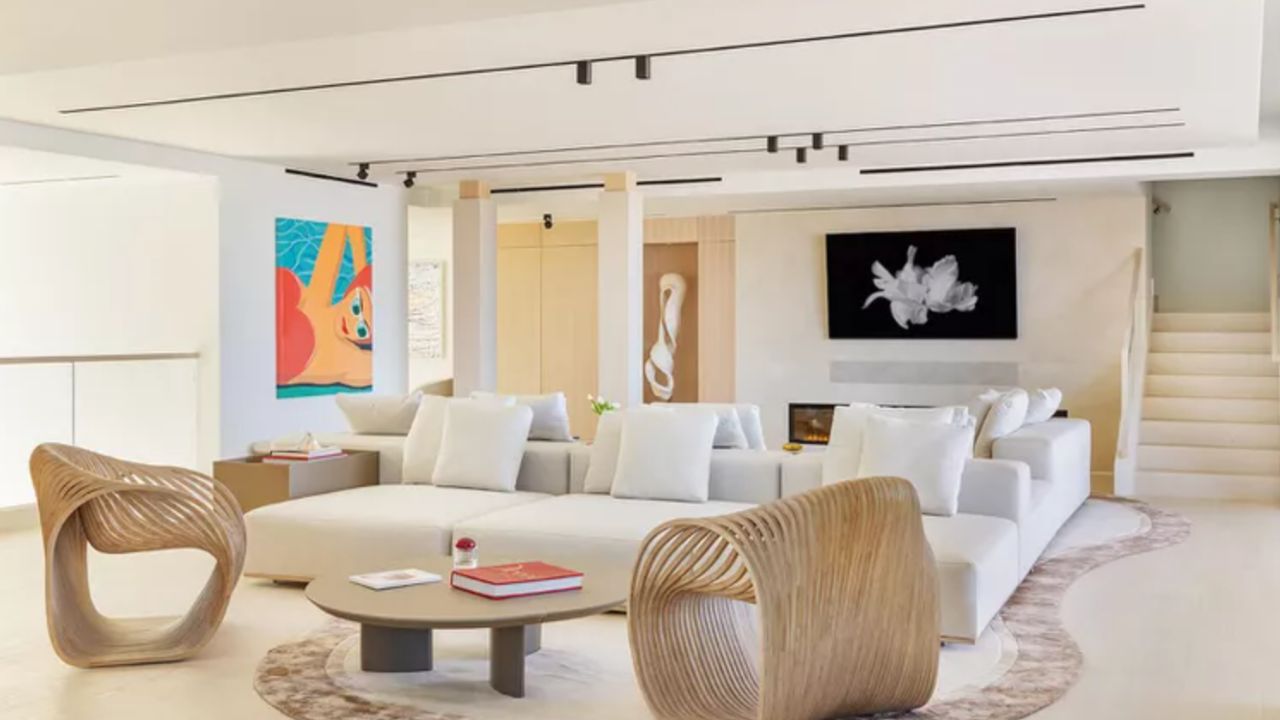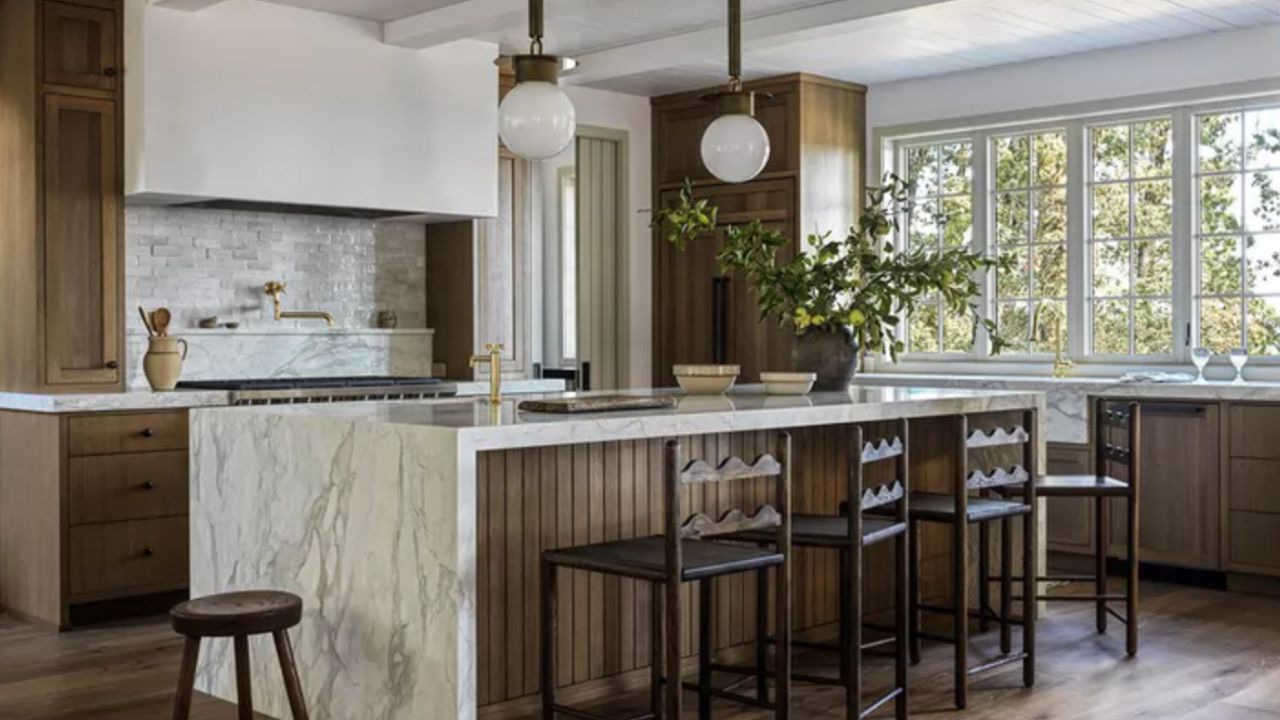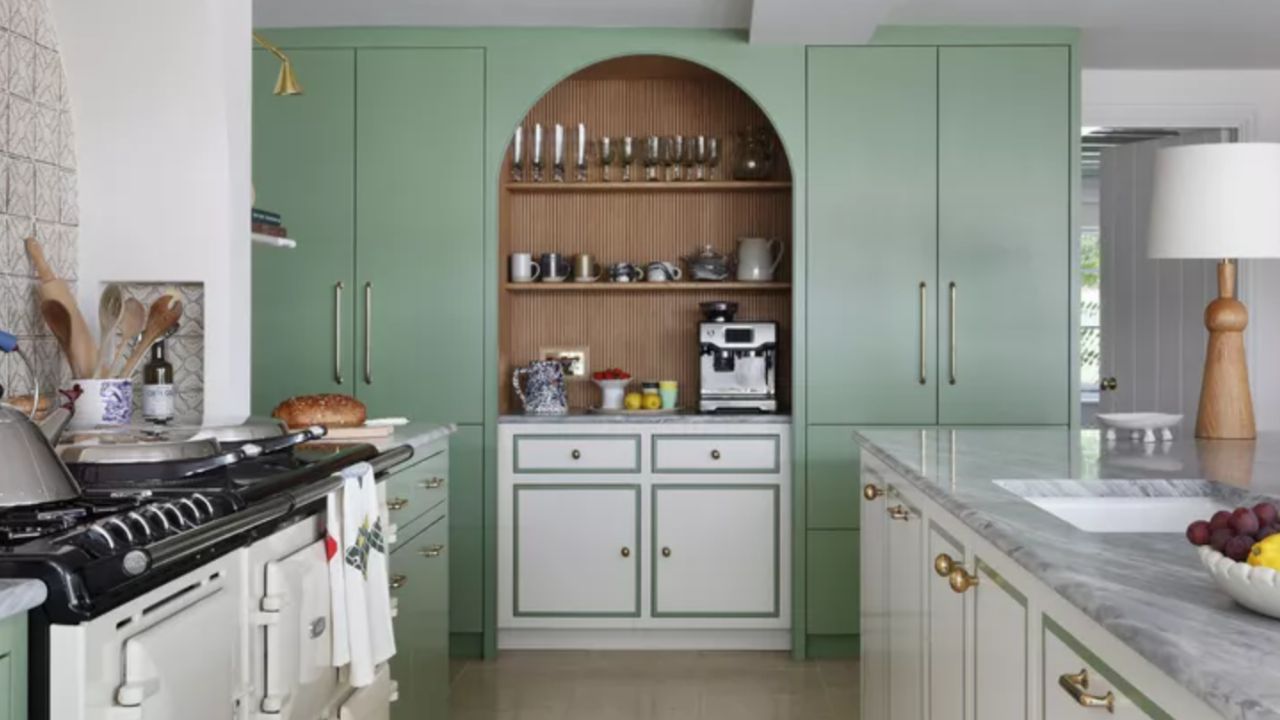
Minimalist or maximalist — people often identify with one or the other, and their opinions can be quite polarized.
In the late 2000s and throughout the 2010s, minimalist design made a comeback with the rise of Scandinavian aesthetics and Marie Kondo–style spaces. More recently, however, according to The Spruce, that trend has begun to shift as the restrictions of the pandemic sparked a desire for vibrance and personal expression in the home.
So now that we’re in 2025, where does minimalism stand in interior design? After all, trends are always in flux. Will maximalism continue to dominate or will minimalism return in a new form?
We spoke with three interior designers to get their take on whether minimalist decor is truly on its way out this year — and how it may look if it’s not.
Minimalism isn’t disappearing — it’s evolving

Overall, according to The Spruce, designers believe certain elements of minimalism will fade in 2025, while its core principles remain. As more people embrace sustainable design choices, they’re displaying meaningful objects rather than buying mass-produced decor.
“There are so many amazing artisans creating unique or handmade pieces, and people are leaning toward quality and craftsmanship over quantity,” says Emily LaMarque, founder of Emily LaMarque Design Studio. “The trend is to simplify decor by using refined and beautiful items that can stand on their own.”
This approach creates calmer, more inviting interiors. “For families, homes can quickly become cluttered with day-to-day items, so intentional and well-designed interiors help support a more purposeful, less consumerist lifestyle,” explains Rebecca Ward, lead designer of Rebecca Ward Design.
However, both Ward and LaMarque note that this version of minimalism won’t feel cold or stark like past iterations. “People are bringing warmth into their spaces through color, texture, and patterns in subtle, refined ways that evoke comfort and calm,” says LaMarque. “Decor that emphasizes handmade, natural, and global elements will take center stage this year.”
Danielle Davis, founder of 56th Street Design Studio, sums it up well: “Minimalism is undergoing an evolution.”
A case for more color

In general, interiors in 2025 will feature more vibrancy and boldness in terms of color. “Minimalist decor is moving beyond just white and beige palettes,” says Davis. “Instead, we’ll see more personalized spaces with a greater emphasis on textures that reflect individual preferences.”
Ward agrees, noting that in recent years, many homes became almost too minimal. “That caused homeowners to lose the richness and personality that comes with layering,” she adds. “Balance is key in life, and I think design will reflect that more than ever this year.”
LaMarque has seen the shift firsthand. “Most of my clients now prefer pops of color and playful elements in their decor, rather than a somber or overly restrained space,” she says.
Clutter-free spaces are still valued
That said, the rise in color doesn’t mean interiors will become chaotic. Organization will still play a major role.
“I’ve always been drawn to color, patterns, and playful design,” LaMarque explains. “But I also appreciate refined, intentional spaces that are clutter-free. Spaces that aren’t overdone help my mind relax.”
Davis agrees, pointing out that clients still want extra storage to keep things tidy.
“Clean lines and organized interiors remain highly desirable and contribute to the ongoing appeal of minimalist design,” she says. “That’s a core part of my work — carefully integrating minimalist elements to enhance each client’s unique style.”
It’s also a philosophy designers follow in their own lives. “As a designer, I’m exposed to so many styles and ideas that it can be hard to choose,” says Ward. “Minimalism helps me appreciate simplicity and avoid decision fatigue.”
Source: The Spruce
This content was created with the help of AI and reviewed by the editorial team.

